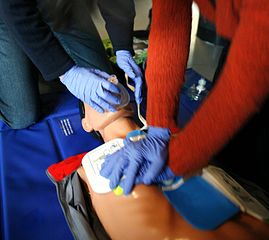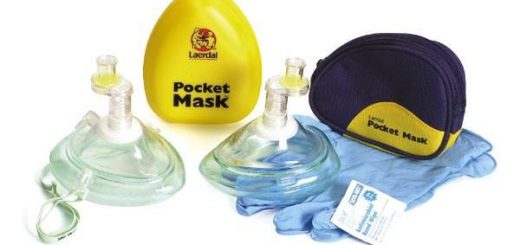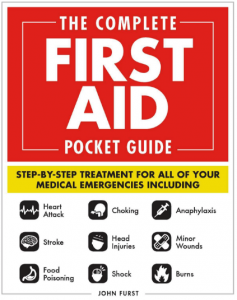How to perform rescue breaths
In this CPR blog post we discuss how to perform rescue breathing / artificial ventilations on a casualty.
On normal inspiration, a person breathes in approximately 21% oxygen. The body uses between 4 – 5% of this amount for its normal functions. Therefore, on expiration a person breathes out approximately 16% oxygen.
To breathe into another person as a means of supplementing their oxygen supply is essential for a non breathing casualty. Immediate rescue breaths are necessary as if deprived of oxygen the brain begins to suffer irreversible tissue damage in 4 – 5 minutes. However – it is important to remember that chest compressions are more important than rescue breathing, therefore they should take priority during cardiopulmonary resuscitation.
Rescue breathing is the method by which a rescuer breathes for a casualty who is in respiratory arrest. The common term is ‘mouth-to-mouth resuscitation’. It is a most effective method for sustaining life, as a rescuer breathes out sufficient oxygen to supply a casualty with the necessary requirement.
Techniques for rescue breaths
There are five main methods for delivering rescue breaths.
- Mouth-to-Mouth where the rescuer seals the casualty’s mouth with their own mouth, pinches the nose closed, and then blows air into the casualty’s mouth.
- Mouth-to-Nose is used where the casualty has sustained facial injuries that preclude using the mouth. The rescuer closes the casualty’s mouth, covers the nose with their mouth, breathes gently, then releases the casualty’s jaw to allow exhalation.
- Mouth-to-Nose-&-Mouth is the preferred method when resuscitating an infant, as the rescuer’s mouth can cover and seal the child’s nose and mouth.
- Mouth-to-Stoma is used for resuscitating a casualty who breathes through a stoma, an opening in the neck, through which the casualty normally breathes. The rescuer breathes through the stoma directly into the airway while blocking the nose and mouth. Casualties who have a stoma often wear a scarf or fabric filter over the stoma. Be alert for the presence of a stoma under such wrappings.
- Mouth-to-Mask is the most desirable method for rescue breaths as it lessens the risk of cross-infection and is more acceptable to many people than mouth-to-mouth. Masks come in various forms but they are used similarly.
When breathing into a young child ensure that you modify the force of the breaths. If delivered too forcefully, the air will be directed into the stomach, which may cause the child to vomit.
The method to be employed for infants is ‘frog breathing’ or ‘puffing’, where the rescuer fills his or her mouth with air and ‘puffs’ it into the infant’s mouth. There will be adequate pressure and volume to satisfy the lung’s requirements, but not enough to impact on the stomach.
IMPORTANT: Never overinflate a casualty’s lungs. Each breath should take around 1 second and stop the moment you see the chest rise. Overinflation can cause air to enter the stomach and cause aspiration of stomach contents.
Want to test your knowledge of CPR? Why not have a go at one of our FREE CPR practice tests! Also, our friends over at firstaidforfree.com have a free online first aid course which you can take from the comfort of you own home






